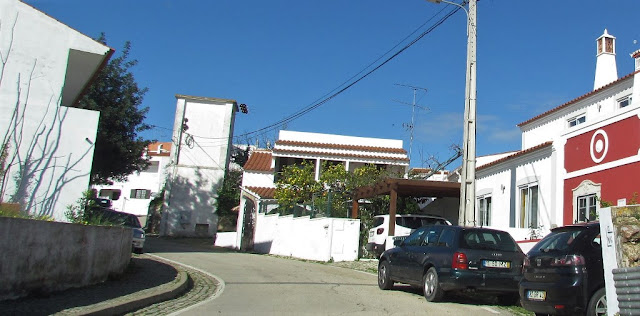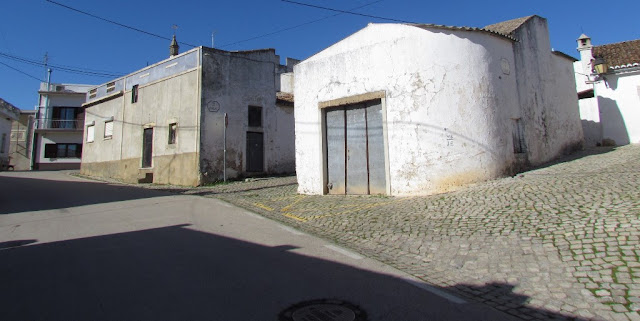TÔR (LOULÉ)
37° 11' 45" N; 8° 02' 06" W
Tôr is a Portuguese village in the municipality of Loulé, with an area of 15.82 km² and 885 inhabitants (2011). Density: 55.9 inhabitants/km².
It was the seat of a parish that was extinguished in 2013, as part of a national administrative reform, to, together with Querença and Benafim, form a new parish called União de Freguesias de Querença, Tôr and Benafim with its headquarters in Querença.
Geography
Tôr is located seven kilometers north of the city of Loulé. It is bordered to the north by the municipality of Salir, to the south by São Clemente and São Sebastião, to the west by Benafim and the east by the municipality of Querença. The place is irrigated by the Benémola and Mercês streams. Since the municipality is therefore rich in water, it is also the main supplier for the cities of Loulé and Quarteira.
The following towns are located in the area of the former municipality:
Funchais
Barcalinho
Cerro das Covas
Carrasqueira
Fojo
Vendas Novas de Tôr
Vicentes
Monte Guiomar
Pasmora
Monte das Figueiras de Baixo
Figueira de Baixo
Andrezes
Castelhana
Nora
Ponte da Tõr
Olival
Morgado da Tôr
Nergal
Mesquita
Gêmica
Economy
The economy is primarily limited to agriculture and livestock farming. The younger population mostly works in restaurants or hotels in Loulé, Quarteira, Vale do Lobo and Quinta do Lago. There is also a bakery and a ceramics factory in the community.
Patrimony
There are several historical buildings in the municipality. The most important are:
Igreja matriz de Tôr (church)
Ponte romana de Tôr (Roman Bridge)
Cross (Cruzeiro)
Windmills
The Tôr Roman Bridge
37°11′24″N, 8°01′38″W
The Tôr Roman Bridge was built on the secondary Roman road that connected Milreu, in Estoi (Faro) to Salir (Loulé). It is now located just south of Tôr Loulé), on the Quarteira river. Also on this road was the Álamos Bridge near Loulé.
This bridge is often considered Muslim or even 16th century (by Dom Sebastião), even though it has two round arches, a typical Roman construction.
The explanation currently given for the presence of a Portuguese coat of arms is due to the restoration works to which it was subjected in the 15th century if not in the High Middle Ages.
º
💓💓💓💓💓
SEARCH IN ALPHABETICAL ORDER
IN THE DISTRICT OF FARO
💓💓💓💓💓
Return to mainland Portugal &
the Azores and Madeira islands










































































































































